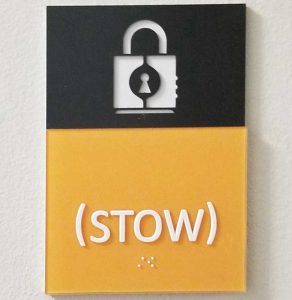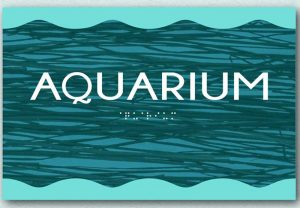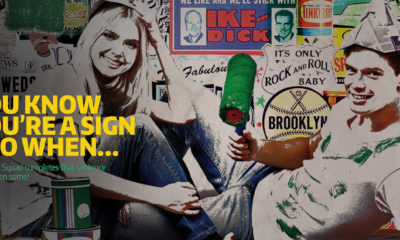EVEN THOUGH ADA design and fabrication make up an entire subset of the sign industry, you don’t need to be an expert to get started.
So, what is ADA signage and why is it so important? The Americans with Disabilities Act (ADA) protects disabled individuals from discrimination and specific signage (including Braille for the sight impaired, for example) is legally required in all publicly accessible buildings. The goal, as with all signage, is to create a welcoming, easily navigable space while also blending into the existing environment. After years of working within this realm of signage, I find that most clients are loathe to install ADA signage because they think it will be boring, bland or flat-out ugly. And, honestly, sometimes it is, if care and attention to the space it’s living in are not taken into consideration. I’ve had clients refuse to consider a quote, even when I explain the legal requirements, because they think nothing could be “on-brand” for their space. One of my favorite parts of sign design is showing a client that not only can we create ADA signage that flows within their space, it can actually add to the aesthetic and brand.
The most important aspect of this is to know what materials are available to you; understanding the options allows you to integrate new elements into signs to make them more unique and dynamic. Some creative ADA signs I’ve fabricated in the past have incorporated elements of hot-rolled steel, bronze, glass, varia, colored acrylic, and even upcycled wood planks and found objects.
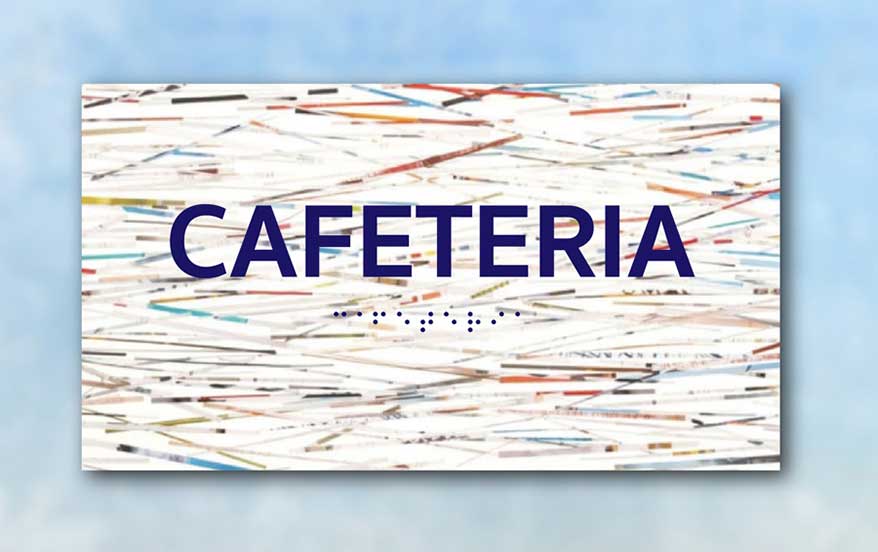
The Americans with Disabilities Act protects disabled individuals from discrimination and specific signage (including Braille for the sight impaired, for example) is legally required in all publicly accessible buildings.
Once you know more about materials and how they can work together, follow these basic guidelines to create your designs. Most states require sign types to be uniform in size. For example, restroom ADA signs are typically 6 x 8 in., room IDs are 4 x 6 in., and so forth, though there are some outliers (California is a notable one), so I strongly suggest you research your state’s requirements and build out a design template for each sign type on ada.gov. Pay careful attention to the lettering height, spacing, and Braille font being used.
Five Essential Steps
- Request sample kits from companies such as 3form and Chemetal. You might be surprised at the range and variety of materials you have available for ADA signs, and having these samples on-hand can easily change a client’s mind when it comes to required signage.
- If your signshop does not fabricate in house, most wholesale suppliers will typeset the Braille to be code-compliant for you.
- If you are working on a project larger than one floor, or a package for a large entity such as a school or hospital, you will need the floor plans for the entire site. From there you can do preliminary take-offs to determine which spaces need which sign types (room IDs, restrooms, elevator signage, evacuation maps, stairwell fire code, etc.). Remember that every publicly accessible area with doors needs a sign to denote its intended use.
- If you are working with a contractor or developer, request samples and lists of the client-approved interior and exterior finishes (paint, tile, carpet, doors, countertops, accents, etc.), so you know which materials to begin building your designs around.
- Always bring your sample kit and schedule time for a comprehensive site walk-through along with your client meeting. This will allow you to discern which areas need signage and also to begin the creative process with the client.
As with everything in this industry, the key elements are client communication and design. Keeping a clear and direct dialogue with the client and providing unique materials for them to choose from will guarantee a satisfied customer and a beautiful portfolio of work to showcase your talents. Happy designing!
Advertisement
Danielle Goforth is the owner of Goforth Signs (New York). She creates freelance ADA design packages for sign companies nationwide.
PHOTO GALLERY (4 IMAGES)
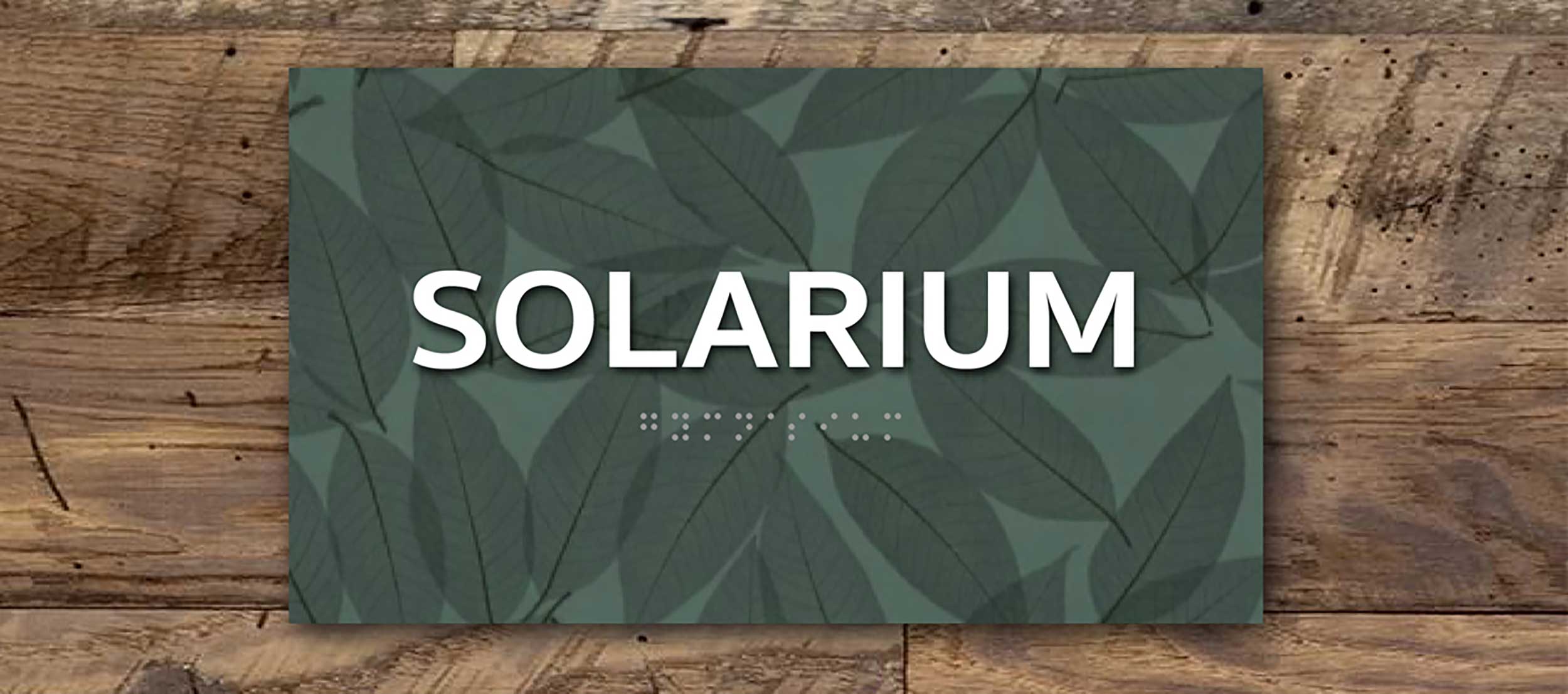

 Tip Sheet3 days ago
Tip Sheet3 days ago
 Business Management1 week ago
Business Management1 week ago
 Women in Signs2 weeks ago
Women in Signs2 weeks ago
 Real Deal4 days ago
Real Deal4 days ago
 Editor's Note1 week ago
Editor's Note1 week ago
 Maggie Harlow2 weeks ago
Maggie Harlow2 weeks ago
 Line Time2 weeks ago
Line Time2 weeks ago
 Product Buying + Technology1 week ago
Product Buying + Technology1 week ago


